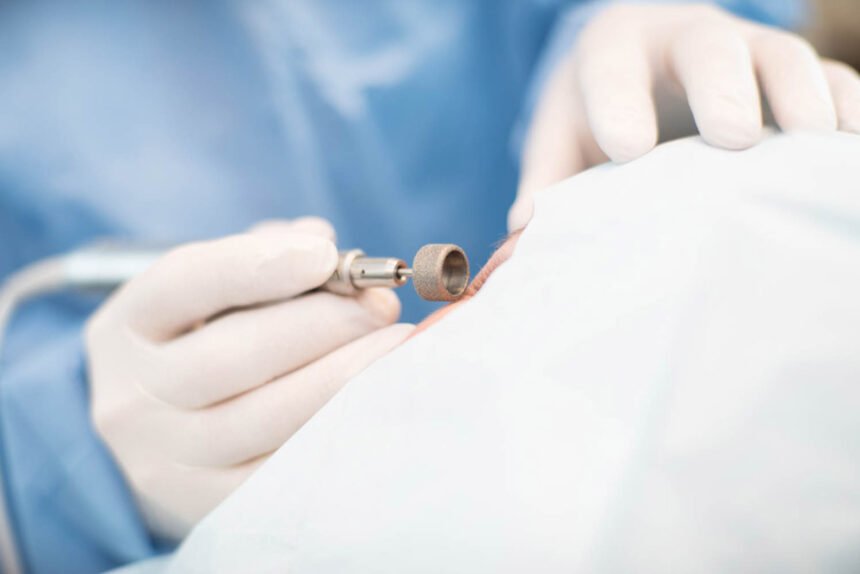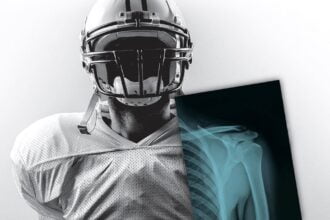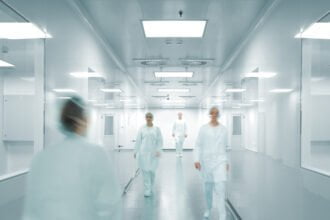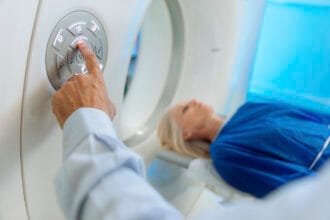Historically, aesthetic and reconstructive surgeries have operated in separate domains, despite the fact that plastic surgeons are frequently responsible for both. Why the distinction? In aesthetic surgery ? those procedures that we typically classify as ?plastic surgery? ? the focus is on improving the appearance of an otherwise healthy body. Reconstructive surgery, on the other hand, target the repair of an injury or deformity, with results that may or may not be aesthetically ideal. With the development of new surgical tools and devices, reconstructive surgery patients are realizing the benefits of plastic surgery approaches, resulting in a blending of the two fields, and the outcomes are remarkable. Look for opportunities to implement these tools in your practice and help restore your patients? confidence.
Otoplasty Advances
One reason for the advances in reconstructive surgery is the development of new product options for use in soft tissue repair. Without such products, how do you fix an ear or a nose without something that can simulate the flexible and varied structure of cartilage? While you can take grafts from other parts of the body, the results are unlikely to look realistic compared to a more complete structural approach. Among the simplest, yet most valuable solutions on the market for combined aesthetic and reconstructive surgery are splints and tubing used in otoplasty. These supports are ideal for reshaping common ear deformities, such as Stahl?s ear deformity or the craniofacial abnormalities associated with Treacher Collins syndrome. Though it may seem like a small step-up from procedures done with grafts, the aesthetic and functional outcomes are significantly improved.
Rethinking Breast Reconstruction
Plastic surgeons perform breast reconstructions all the time; indeed, as Dr. Mark Schusterman notes, breast reconstruction can be vital to a woman?s sense of wholeness after a lumpectomy or mastectomy. Reconstruction is part of affirming your survival after cancer or trauma, making it no surprise that 20% of women undergo immediate reconstruction after mastectomy. What many women don?t realize, though, is that there are options beyond the traditional implant that can yield natural, attractive results. In breast reconstruction, 3D printing has been the transformative force and Galatea Surgical?s GalaSHAPE 3D and GalaFORM 3D are setting the pace for the field. Made from a resorbable polymer mesh, Galatea?s scaffolds are currently used for breast reconstruction with a low rate of inflammation for optimal healing. Though currently isolated to breast reconstruction surgeries, Galatea?s scaffolding products ? along with a growing absorbable suture market ? are likely the forerunners for countless other reconstructive structures.
Longer Lasting Lift
For years, face lifts have been sidelined due to a focus on non-surgical solutions. Rather than going under the knife, patients have opted for fillers, laser treatments, and line smoothing shots. Over the past few years, though, plastic surgeons have been improving the face lift process for longer lasting, more dramatic results that non-surgical options can?t match. The key to these new face lifts is that they address the underlying muscle structure, not just the top layer of skin. That means, instead of pulling up the skin and trimming away excess for fewer wrinkles, surgeons actually lift and rearrange the muscles and then re-drape the skin. The results of these advanced face lifts can last for 10 to 15 years.
Responding To Violence
Finally, and in what may be the most restorative of the combined reconstructive and aesthetic surgeries, Penn Medicine?s Center for Human Appearance has developed a new reconstructive procedure for victims of female genital mutilation (FGM). Performed primarily in African, Middle Eastern, and some Asian countries, FGM is a broad category encompassing any procedure meant to alter the sexual function of female genitals. These procedures can cause serious medical complications, as well as pain and embarrassment. Though still very new, the procedure has been transformative for the few patients who have accessed it and plastic surgeons, particularly those in areas with larger immigrant populations, should consider learning more about the techniques. Many of the women who have undergone FGM have severe scarring around the vagina that can interfere with sexual intercourse and childbearing; addressing these problems is as much a human rights issue as a medical one. Aesthetic and reconstructive surgeries span a wide variety of procedures, but all have the potential to not just alter the appearance or function of the body, but to also change the ways in which patients see themselves. Compromised physical appearance and function can make an individual feel alienated or limit social interaction. For these patients, life after surgery is a chance for a fresh start.








